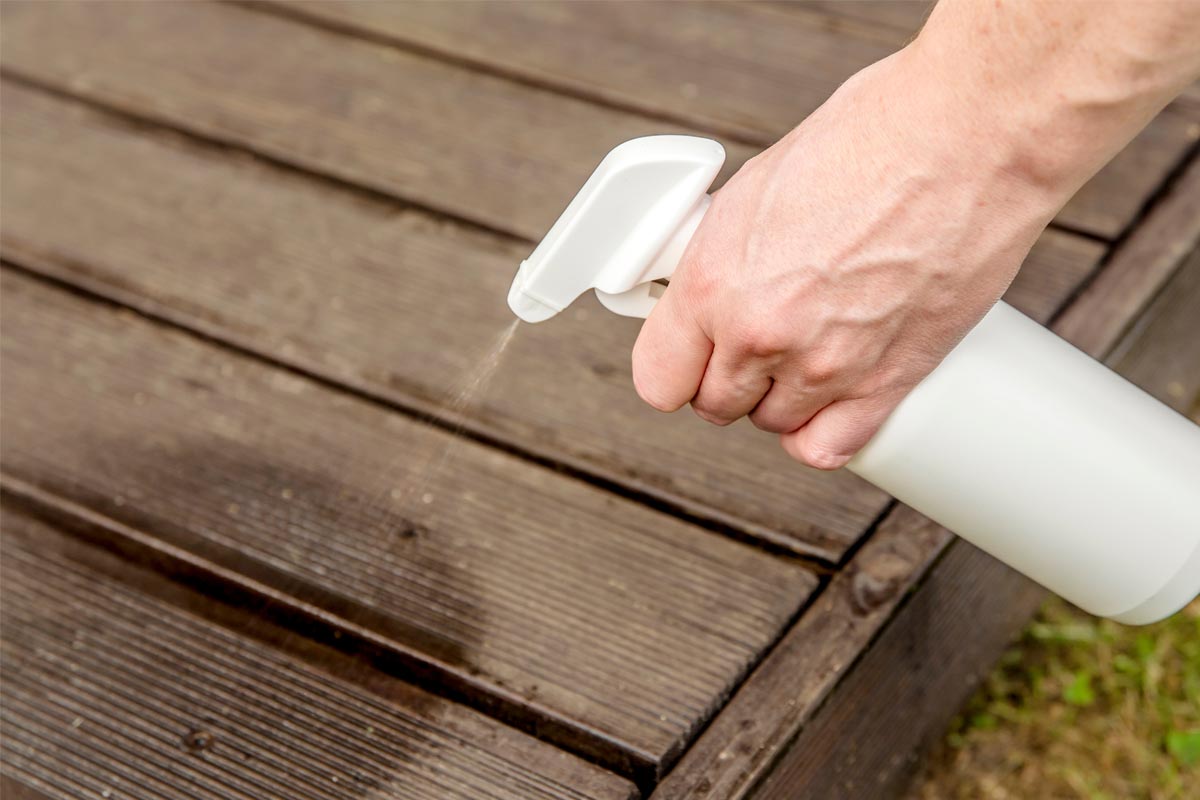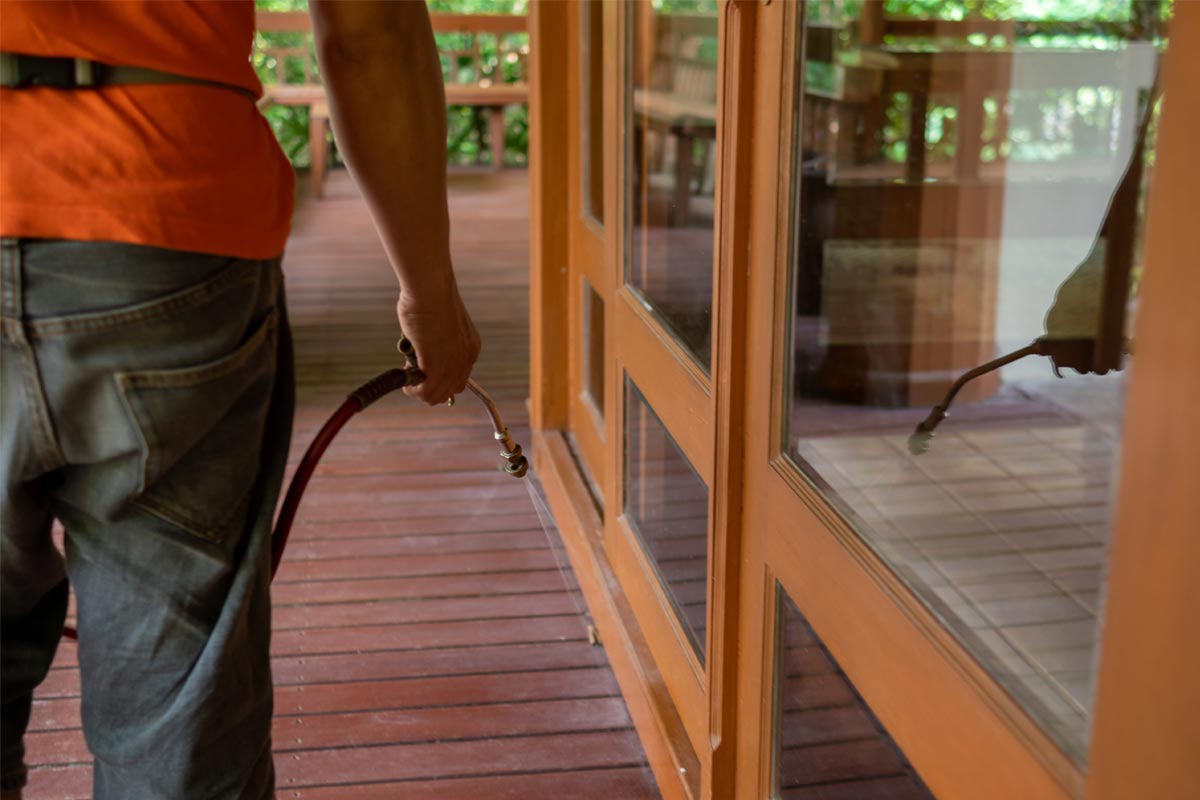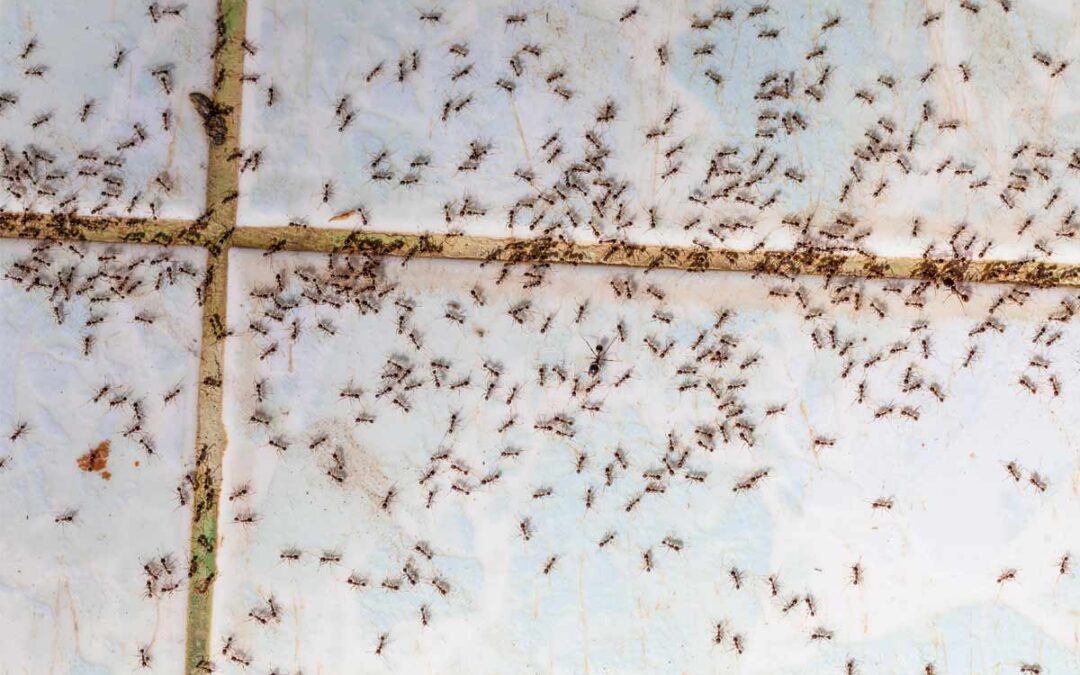Summer heralds warmer weather and increased outdoor activities. It also often marks the unwelcome arrival of ants indoors. These industrious insects become significantly more active during the warmer months. They expand their foraging efforts in search of sustenance and moisture.
This handbook offers comprehensive, practical strategies for homeowners to mitigate and eliminate ant infestations. Readers will gain insights into effective preventative measures, accurate ant identification, and proven eradication techniques. The aim is to equip individuals with the knowledge necessary for maintaining an ant-free home throughout the summer season.
Why Ants Invade Homes During Summer
Ants exhibit heightened activity during summer due to environmental factors and increased resource availability. Their fundamental needs for food, water, and shelter often lead them into residential structures. Understanding these motivations is crucial for effective mitigation.
- Food Scarcity Outdoors
Drought conditions or intense heat can deplete outdoor food sources. Ants then venture indoors, seeking readily available crumbs, spills, and stored food items. This increased foraging drive makes homes highly attractive targets for ant colonies.
- Water Requirements
Like all living organisms, ants require water for survival. Summer’s heat can cause outdoor water sources to evaporate. This drives ants indoors in search of moisture, often found in kitchens, bathrooms, and basements.
- Temperature Regulation
Extreme outdoor temperatures, both hot and cold, can be detrimental to ant colonies. Homes offer a stable, regulated environment. Ants seek refuge indoors to escape temperature fluctuations and protect their nests and larvae.
- Structural Entry Points
Even minute cracks in foundations, gaps around windows, or poorly sealed doors offer ample entry points for ants. They exploit these vulnerabilities to gain access to the more favourable indoor environment. Regular home maintenance is essential for prevention.
- Colony Expansion
Summer is a prime period for ant colony growth and expansion. Larger colonies require more resources. This drives increased foraging efforts and the establishment of satellite nests within or near human dwellings.
Common Types of Ants You Might Encounter
Canada is home to several common ant species that frequently infest homes. Identifying the specific ant type can significantly inform the most effective control strategy. Each species exhibits distinct behaviours and preferences.
- Carpenter Ants
These large, black or reddish-black ants are known for excavating tunnels in wood to build nests. They do not eat wood but can cause significant structural damage over time. They often forage at night.
- Pavement Ants
Pavement ants are little, dark brown to black ants that build their nests under pavements, roads, and foundations. They frequently infiltrate homes through cracks in concrete or brickwork. They are drawn to a wide range of meals.
- Odorous House Ants
When crushed, these little, dark brown or black ants give the odour of rotten coconuts. They are quite flexible and will nest in a variety of sites, including wall cavities and under floors. They are drawn to sweet foods.
- Pharaoh Ants
Tiny, yellowish-brown ants, Pharaoh ants are a significant nuisance, particularly in hospitals and food processing facilities. They can be challenging to control due to their multiple queens and budding behaviour.
- Cornfield Ants
These small, yellowish-brown ants primarily nest outdoors in lawns and gardens. They may enter homes in search of food, especially sweets. They are generally less aggressive than other species.
Keeping Ants Out Before They Get In

Proactive measures are the most effective defense against ant infestations. Implementing preventative strategies can significantly reduce the likelihood of ants entering your home. A multi-faceted approach yields the best results.
- Seal Entry Points
Thoroughly inspect your home’s exterior for cracks in the foundation, gaps around utility pipes, and openings around windows and doors. Seal these vulnerabilities with caulk or appropriate sealants. This is a critical first step.
- Maintain Cleanliness
Regularly clean up food spills, crumbs, and sticky residues immediately. Store food in airtight containers. Do not leave dirty dishes in the sink. A clean environment offers fewer attractants for foraging ants.
- Trim Vegetation
Keep trees, shrubs, and other vegetation trimmed away from your home’s foundation and siding. Branches can act as bridges, allowing ants easy access to your house. Maintain a clear perimeter.
- Proper Waste Management
Ensure all indoor and outdoor rubbish bins have tight-fitting lids. Empty kitchen bins frequently. Food waste is a powerful attractant for ants. Proper disposal limits their access to these resources.
- Address Moisture Issues
Repair leaky pipes, faucets, and drains promptly. Eliminate standing water in basements or crawl spaces. Ants are drawn to moisture sources, and addressing these issues reduces their incentive to enter.
Effective Home Remedies
While professional pest control is often necessary for severe infestations, several home remedies can be effective for smaller-scale ant problems. These methods often utilise common household items. Their efficacy can vary.
- White Vinegar Solution
In a spray bottle, combine equal amounts of water and white vinegar. Apply immediately to ants or to their trails. The vinegar acts as a deterrent and breaks up their scent traces. This is a non-toxic and safe choice.
- Dish Soap and Water
A simple solution of dish soap and water can effectively suffocate ants. Spray directly on individual ants or ant trails. The soap breaks down their exoskeletons, leading to dehydration.
- Boric Acid Bait
Create a bait by mixing boric acid with a sweet attractant like sugar or jam. Place small amounts near ant trails. Boric acid acts as a slow-acting stomach poison, carried back to the colony. Exercise caution around pets and children.
- Diatomaceous Earth
Food-grade diatomaceous earth is a natural powder composed of fossilized diatoms. When ants come into contact with it, the sharp particles abrade their exoskeletons, causing dehydration and death. Sprinkle in problem areas.
- Peppermint Oil
Ants dislike strong scents. Dilute peppermint essential oil with water and spray it around entry points or on cotton balls placed in affected areas. This acts as a natural repellent. Reapply regularly for sustained effect.
Post-Ant Action to Maintain an Ant-Free Home

Eliminating an existing ant problem is only part of the solution. Sustained vigilance and ongoing preventative measures are essential to ensure a long-term ant-free environment. Consistent effort yields lasting results.
- Regular Inspections
Periodically inspect your home’s interior and exterior for any new cracks, gaps, or signs of ant activity. Early detection allows for prompt intervention before a minor issue escalates into a major infestation.
- Prompt Spill Cleanup
Instil a habit of immediate cleanup for any food or drink spills. This prevents ants from discovering new food sources and establishing foraging trails. Maintain a high standard of kitchen hygiene.
- Proper Food Storage
Continue to store all food, including pet food, in airtight containers. This prevents ants from accessing sustenance and keeps your pantry and cabinets secure. Avoid leaving food uncovered.
- Address Moisture Issues Proactively
Regularly check for and repair any leaks or sources of excess moisture. Dehumidifiers can be beneficial in damp areas. Minimizing moisture reduces a key attractant for ants.
- Consider Professional Advice
For persistent or recurrent ant problems, consulting with a professional pest control service is advisable. They possess specialized knowledge and tools for effective eradication and long-term prevention. In recent years, pest control services saw a notable increase in demand, indicating a growing need for expert intervention in managing household pests.
Maintaining an ant-free home throughout the summer requires diligence and a strategic approach. By understanding ant behaviour, implementing preventative measures, and utilizing effective eradication techniques, homeowners can significantly reduce the nuisance of these common pests. Consistent cleanliness, sealing entry points, and addressing moisture issues are paramount for success. For persistent ant concerns or for comprehensive ant control in Orillia and neighbouring areas, consider professional assistance. Contact Mr. Pest Control at 326-3377 for expert solutions.



